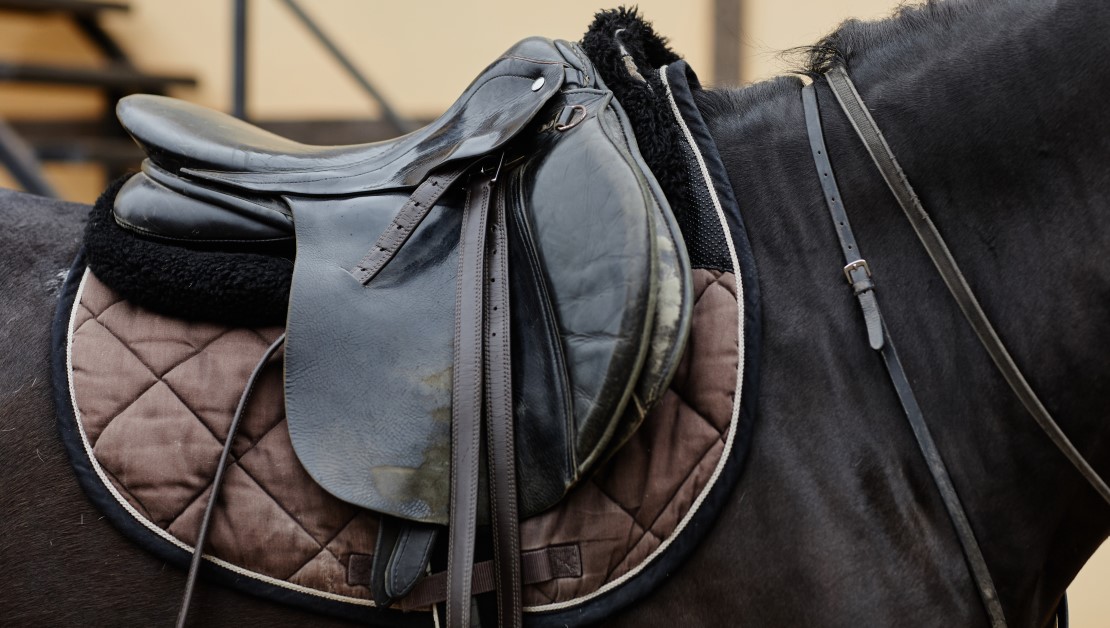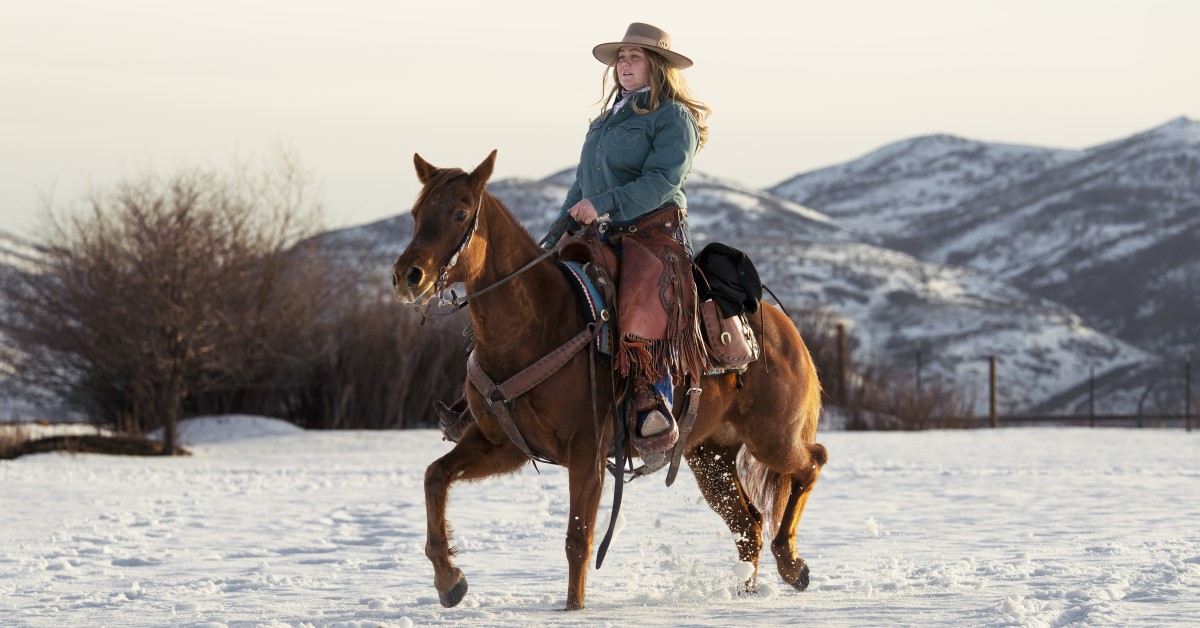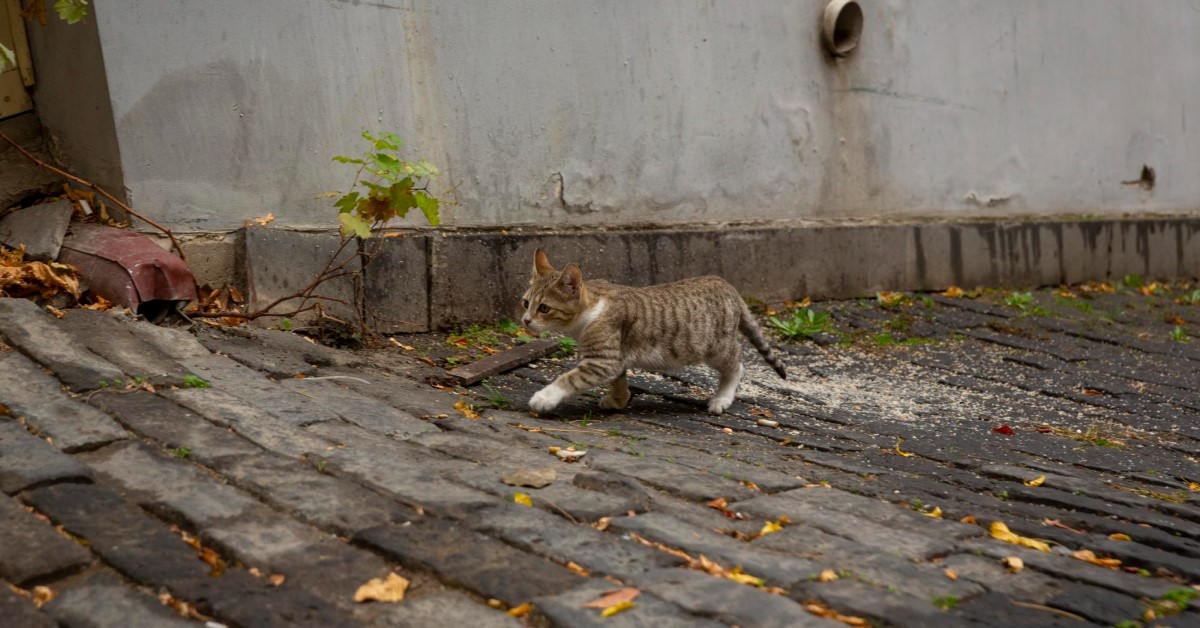Your Horseback Riding Equipment List
You'll be ready to ride the range once you've obtained these horseback riding essentials.

If you've just adopted your first horse, congratulations! These amazing animals can serve as everything from pets and companions to transportation. But don't assume that you can simply leap onto your horse bareback and go riding into the sunset, no matter what you might have seen in old Westerns. In addition to having some basic training on how to ride a horse properly, you'll also want to equip both yourself and your four-legged friend with these horseback riding essentials before your first ride.
Safety and Comfort Items for Riders
Trying to ride a horse without the appropriate clothing or other safety equipment can prove both dangerous and acutely uncomfortable. Add the following key items to your equestrian shopping list.
- Riding pants - Let's start with the material covering your legs and behind. Slick pants will make it harder for you to feel secure in the saddle, while pants with seams along the inner legs will quickly cause irritation. Good old-fashioned denim jeans offer the right combination of comfort and friction. If you'd prefer to ride in the English style, you can also go for apparel such as breeches or jodhpurs, which are specifically designed for horseback riding.
- Gloves and boots - A horseback rider's hands and feet can benefit from some extra help. This holds especially true if your hands haven't developed the strength (and calluses) to grip the reins firmly and cope with the resulting friction. Look for lightweight yet durable riding gloves that let your hands move freely while also protecting them. As for boots, cowboy boots or riding boots are literally made for this kind of activity. Select boots with a heel length of at least once inch to ensure good contact with the stirrups.
- Helmet and safety vest - A cowboy hat may look more stylish, but it can't protect your skull if you fall from your horse or hit a low-hanging branch. Always wear a helmet to safeguard against possible brain injuries, as well as a safety vest to protect your vital organs in a fall.
- First-aid kit - Accidents happen, so you might as well be prepared for them. You can purchase an equine first aid kit containing pain relievers, bandages, and other necessities for both humans and horses. These items should help ease discomfort and prevent complications until you can get your horse to the vet (and get yourself to your primary doctor) for evaluation and treatment.
Must-Have Gear for Horses
Now that you've got your gear, it's time to select some must-have gear for your horse. In addition to the first aid kit mentioned above, make sure you have the following items and that they fit your horse correctly.
- Saddle and saddle accessories - The right saddle improves comfort for you as well as your horse. Purchase a saddle pad that sits beneath the saddle to protect your horse's sensitive skin from irritation. (A Western saddle will need a thicker saddle pad than an English saddle.) A strap called a girth secures the saddle by lopping under your horse's belly. Ask a knowledgeable equestrian-store employee for guidance on how to choose the right type of girth for your saddle.
- Stirrups and related gear - If you want to get on and off your horse easily and stay tall in the saddle, you'll need stirrups. The metal footholds where you place your feet are called stirrup irons. These stirrup irons attach to the saddle via downward-hanging strips called stirrup leathers.
- Halter and bridle - Halters and bridles may look similar, but they perform very different functions. A halter fits around your horse's nose, jaw, and face, with a lead rope that allows you to walk your horse around. For actual riding, you'll replace the halter with a bridle. The bridle fits to your horse's head in a similar manner, but it includes a pair of reins attached to a mouthpiece called a bit for steering your horse while riding.
- Use each of these devices for its intended purpose only! If you try to walk your horse around by pulling on its bridle, or if your horse tries to make sudden a move while tied in place with a bridle, the bridle’s bit could do serious damage to its teeth and mouth.
- Fly spray - Fly spray might not seem like a horseback riding essential until you consider the very real problems these pesky insects can cause for your beloved animal. Flies don't just cause annoyance as they swarm around horses; they can also spread dangerous diseases. A horse-friendly fly spray can minimize this problem.
Before You Ride, Visit Your Equine Veterinarian
Even after you've obtained all the gear you and your horse will need before that first ride, you still have one more factor to consider: your horse's health. If your horse suffers from a heart condition, poor vision, painful joint problems, or laminitis (a painful inflammation of the foot), that ride could go badly for both of you. Take your horse to an experienced equine veterinarian for a general wellness exam so you can have any potential concerns diagnosed and treated. Repeat these exams every year so your horse can always be ready to hit those dusty trails with you!
Ready to start saving money on pet wellness care?
Then take a look at Mint Wellness, the pet wellness plan that provides fast reimbursement on routine pet care. Save on vaccinations, wellness exams, preventatives, dental, and more!
Learn More


